
DIT Simon Jori on live grading Deadpool 2
Deadpool 2 is the sequel to the most popular R-rated movie in history. Despite being produced by an…
Read more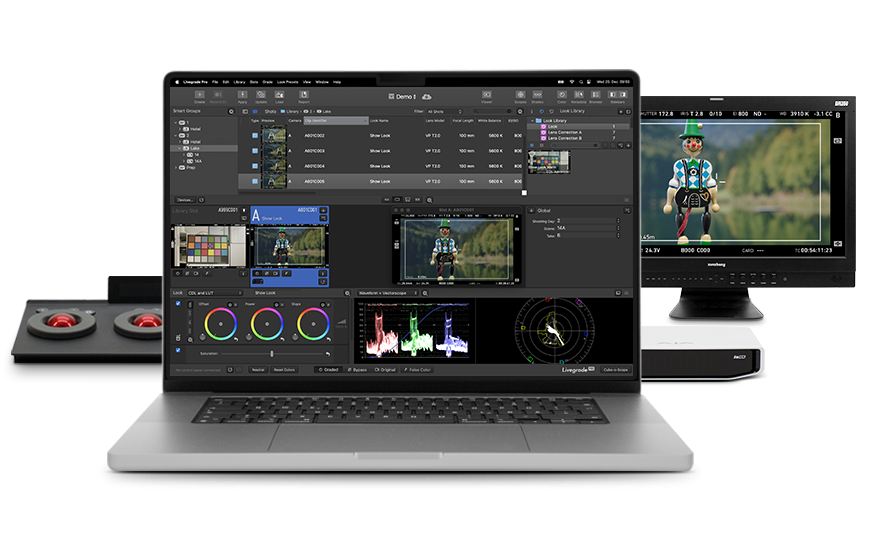
Livegrade Pro is the most trusted software in the market that addresses all digital-imaging-related requirements of the camera department. It helps you to:
Control live images via vectorscopes and waveform, keep a constant eye on quality, and make color adjustments on your images as necessary. Being closer to the desired final look already on set ensures that footage looks precisely the way it was intended.
Capturing and reviewing reference material and frame grabs from camera live images helps to ensure consistency across your project from scene-to-scene. Being consistent in different production settings or from lens-to-lens increases the overall quality of the footage.
Monitor live camera metadata embedded in the HD-Signal signal and store them in the shot library together with the preview image. The visual and technical information generates objective and trusted insights about the connected cameras and their live images.

Color grading multiple camera live signals requires dedicated concepts for the grading application. On set, there is not much time for anything, so controls must be spot on, reduced to the necessary, and highly accessible.
Livegrade offers multiple grading “slots” to allow independent grading of multiple cameras. Each slot independently features expressive primary grading controls (e.g., ASC-CDL based) for basic color adjustments, as well as additional secondary grading controls (e.g., “versus-curves”) for special situations.
Livegrade offers a flexible color management platform with “grading modes” ranging from basic CDL-and-LUT workflows to dedicated ACES-based pipelines.
Livegrade can record media and collect metadata from a broad range of sources – from the cameras themselves via HD-SDI, through remote network connections, or manually edited by the operator.
All this information is automatically stored in Livegrade’s shot library together with each look – creating a comprehensive shot log for the entire film project.
That information can be used to look up camera settings of previously shot scenes, display reference images for consistency of cinematography, or communicate reports to colleagues on set and beyond.
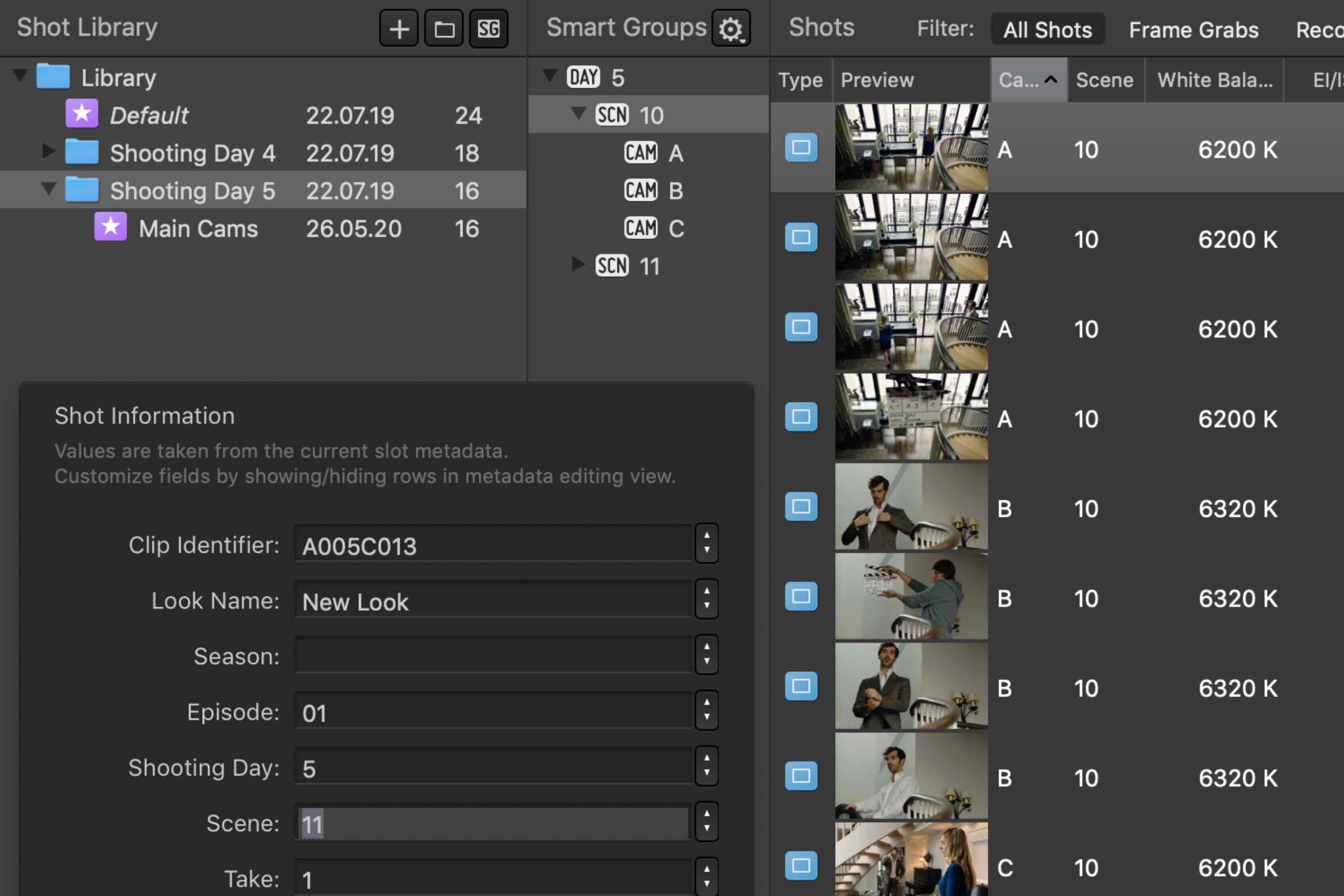
One of the things I love about Livegrade Pro is that it allows you to use just what you need, and fast.Read whole story
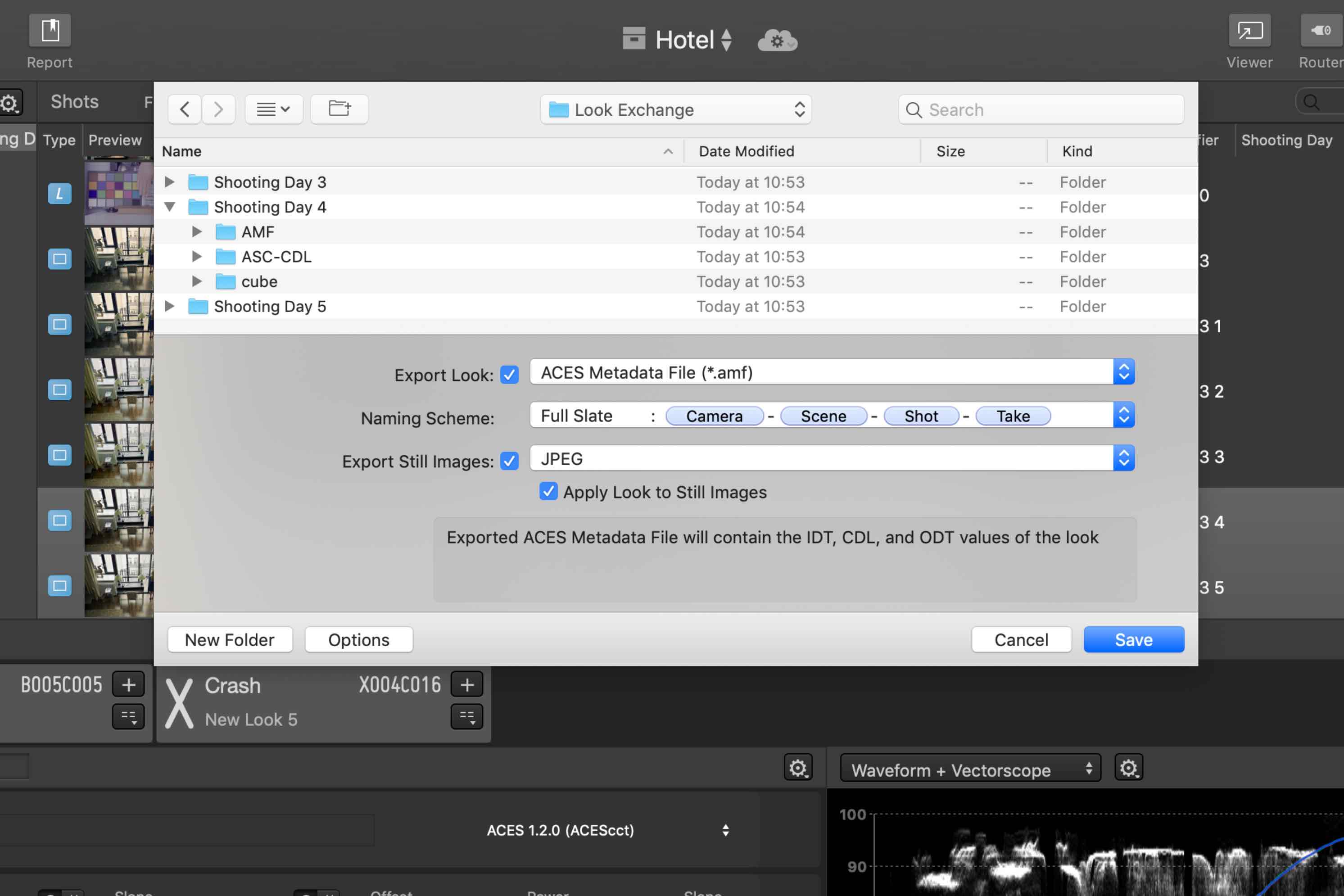
The looks created and adjusted on set are highly valuable directly for the camera work (e.g., when making lighting and exposure decision “through” a look preview), but they enfold their benefits especially when shared with others – for instance, for providing looks to dailies creation or VFX.
Livegrade can export stored look metadata for a broad range of workflows. ASC-CDL export allows for basic compatibility with virtually every color grading system, while more advanced formats such as AMF (ACES Metadata Format) or CFE* (Colorfront Engine) can transfer enriched pipeline information. Livegrade writes 3D LUT formats for a range of typical products and exchanges comprehensive look information directly with its sibling product Silverstack Lab.
* Only available in Livegrade Studio

Automatically upload your looks to the cloud, provide greater transparency, easily exchange look information with your team, and simplify your dailies creation workflow.
See MoreColor grading on set needs to balance the respect for the creative intent with technical requirements for maintaining visual consistency between shots and scenes. Examples of that are adjusting the digital look under different lighting situations, the compensation of exposure decisions, and the correction of different lenses’ color cast needs.
Livegrade Pro offers a range of tools that help to cover these technical tasks: Video scopes help determining levels and white balance, interactive preview controls allow to quickly switch between original (“log”) image and the graded image, and fine-grained look management (for instance for “linking” slots, and storing partial looks with “node presets”) allows for quick interaction.
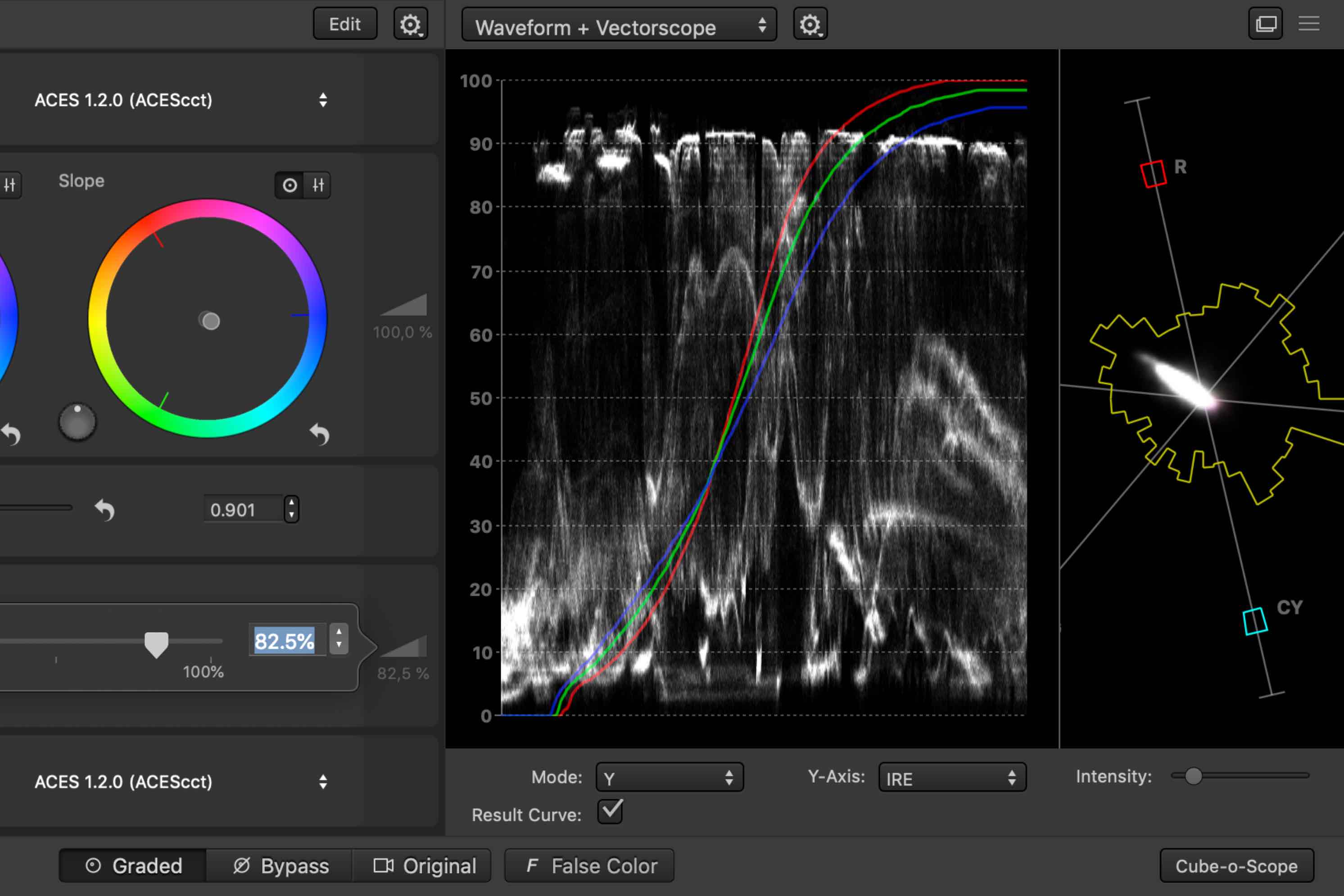
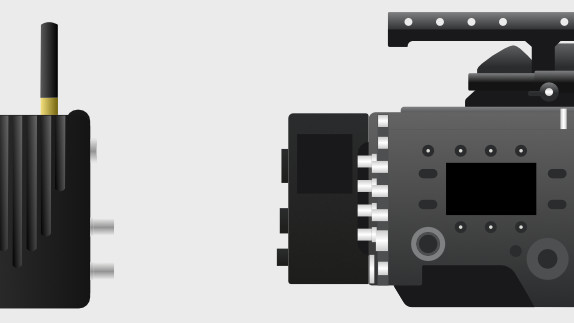
Livegrade Pro controls image processing in dedicated hardware. Handing over processing to external devices enables robust video setups that scale very well, even for larger sets.
For unified HD, UHD/4K, and HDR workflows Livegrade supports LUT box devices such as FSI BoxIO, Teradek COLR, AJA FS-HDR, or TVLogic IS-mini, as well as cameras and monitors with processing capabilities from ARRI, Canon, Panasonic, RED, and Sony.
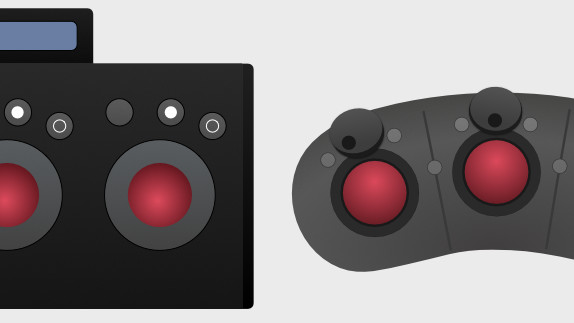
Physical controls are a huge productivity advantage. Direct access to regularly used functions builds “muscle memory” that heavily speeds up the interaction with the entire DIT system.
Livegrade Pro supports grading panel controllers from Tangent, including custom knob mappings. Livegrade also comes with a plugin for the display buttons of Elgato Stream Deck. And with support for MIDI controllers, you can use or even build your very own button and knob interface.
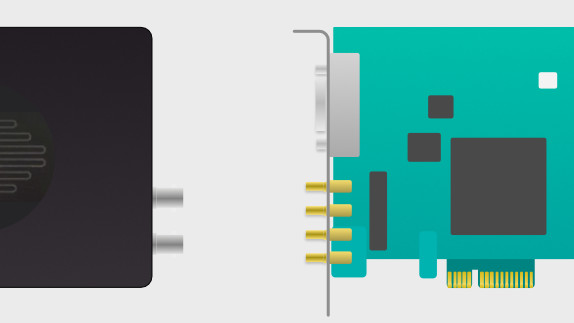
Livegrade Pro supports AJA T-TAP, AJA Io, and AJA KONA devices, as well as Blackmagic Design Ultrastudio, Mini Recorder, and Decklink devices and cards for capturing reference images from HD-SDI live signals, extracting and displaying live camera metadata (from ANC), and for the recording of multiple cameras.
Also, other devices such as BoxIO and Alexa Mini via CAP can provide reference still images for a smaller setup where no video recording is required.
Both Livegrade Pro and Studio meet all required qualification criteria to be accepted to the ACES Logo Program by the Academy of Motion Picture Arts and Science.
It’s official: Be assured of a convincing ACES experience when using Livegrade Pro and Studio, giving you the confidence to drive your actions purposefully.
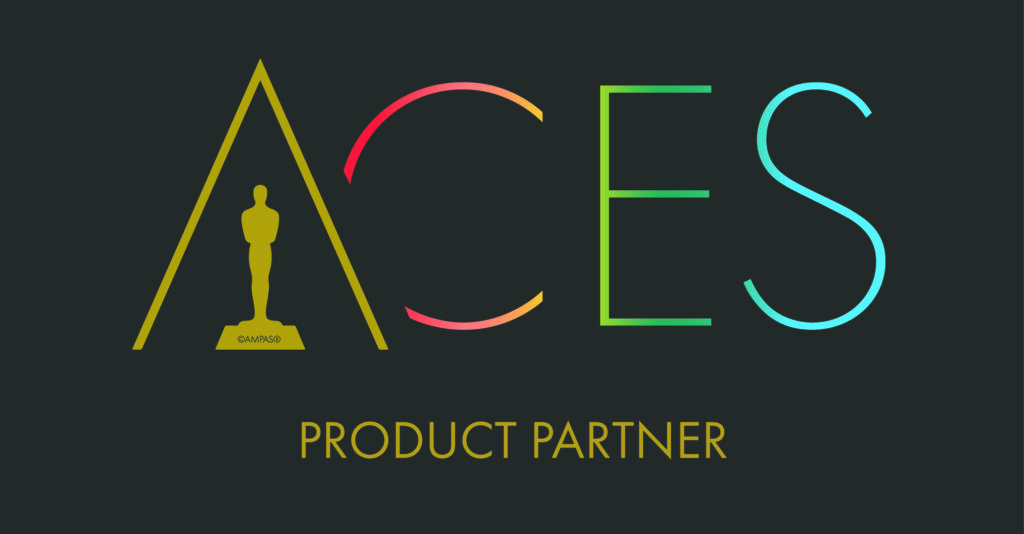
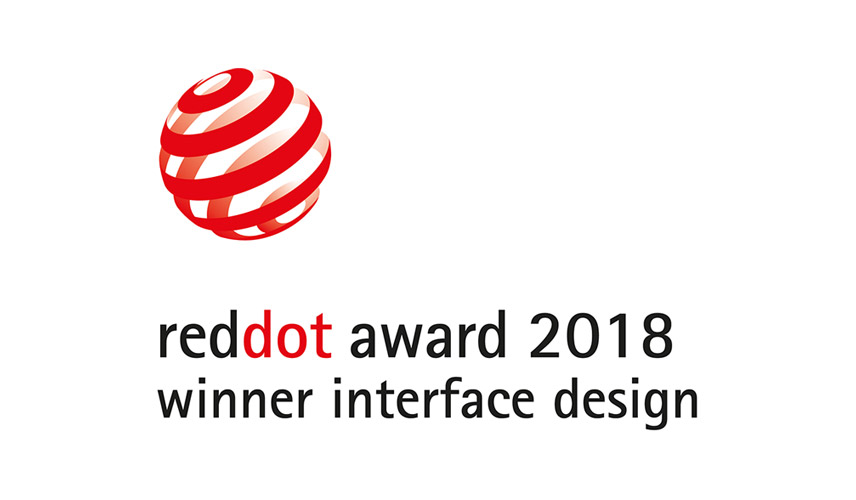
Livegrade Pro has been awarded the coveted Red Dot for its high interface design quality and creative achievement.
Livegrade Pro
Livegrade Pro is the standard software for look management on set. It integrates with a wide range of camera workflows and setups.

Deadpool 2 is the sequel to the most popular R-rated movie in history. Despite being produced by an…
Read more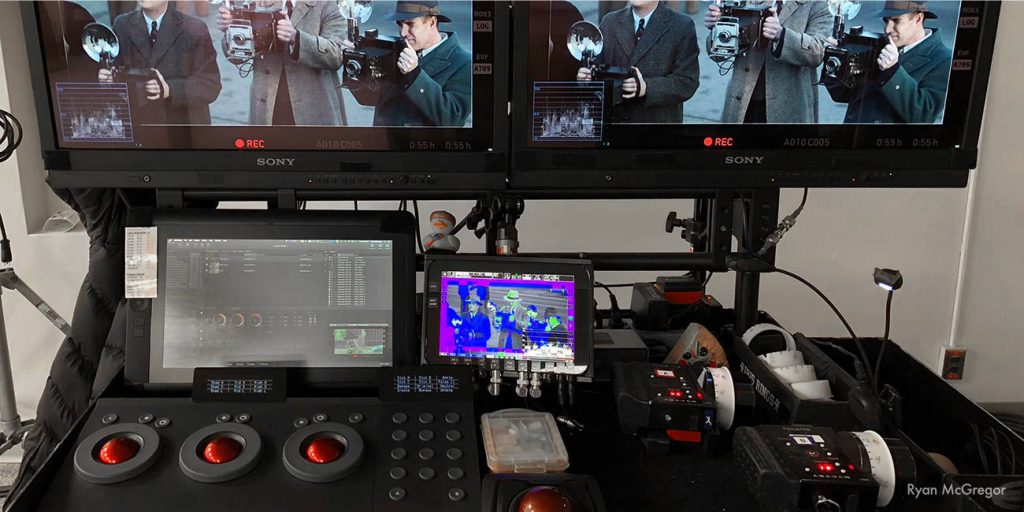
Digital cinematography enables (and sometimes even requires) post-production related activities to be taking place already…
Read more